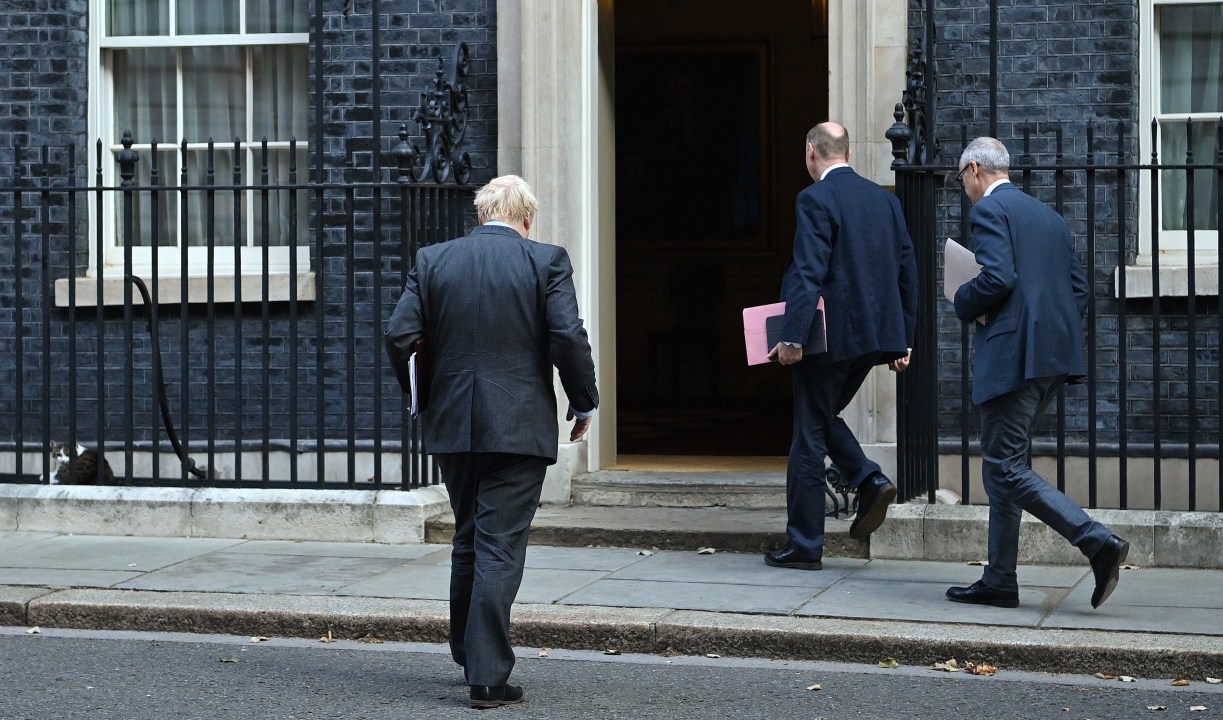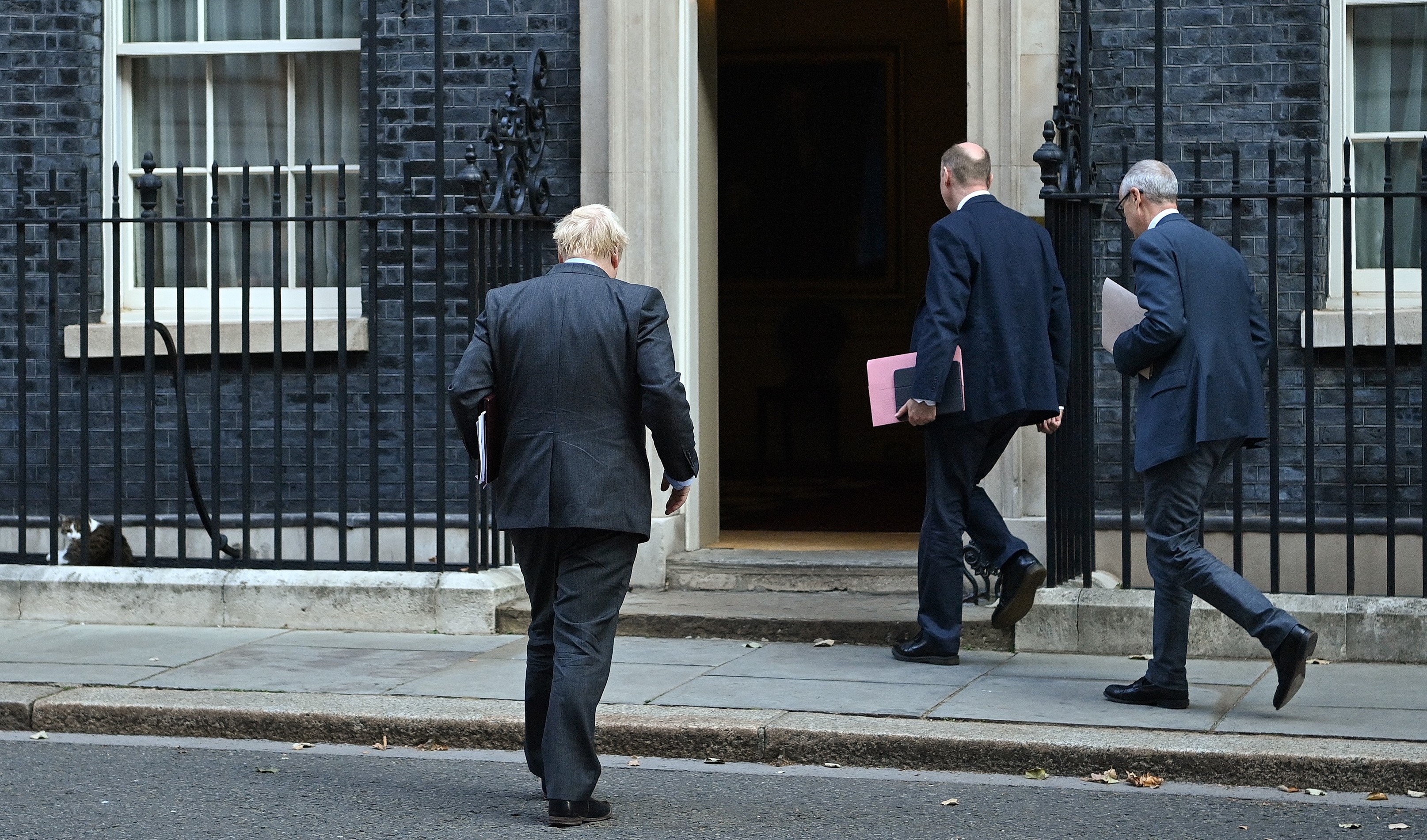Today, 32 scientists, economists and other academics have written to the Prime Minister demanding a change in policy on Covid-19, saying that attempting to suppress the virus is ‘increasingly infeasible’. They have instead demanded that vulnerable groups should be protected from the disease while younger people should be allowed to get on with their lives.
Many of the signatories will be familiar to Spectator readers. They include the bad boys and girls of Covid — scientists who have argued consistently against lockdown and the more doom-laden narratives. Those such as professor Carl Heneghan of the University of Oxford’s Centre for Evidence-Based Medicine, Professor Sunetra Gupta, a theoretical epidemiologist also of Oxford University, and oncologist Karol Sikora.
Science is not divided between a few sceptics on one side and a large majority who accept some kind of consensus
It now transpires that Heneghan and Gupta were invited to Downing Street for a summit on what to do about a rise in recorded cases of Covid-19 — the first time that No. 10 is known to have solicited their advice since the beginning of the crisis. According to a Downing Street spokesman, Boris Johnson wanted to ‘hear a wide range of views’ on how to proceed against the disease.
Could it be a sign that attitudes are changing in the government? Don’t bet on it. A few hours after the Prime Minister spoke with Heneghan and Gupta, the Chief Medical Officer and Chief Scientific Adviser held their ‘press conference’ — more a one-way presentation — with its now infamous graph showing a scenario in which cases of Covid double every seven days between now and the middle of October, by which time 50,000 people a day would be infected.
That presentation paved the way for the Prime Minister’s announcement today of further restrictions on our everyday lives in an attempt to combat the disease. There is no sign whatsoever in what has happened since Sunday that Heneghan and Gupta’s views have influenced the government in any way. On the contrary, Sir Patrick Vallance and Chris Whitty went on to make a presentation based on a graph of rising recorded cases in Spain that Heneghan has argued is spurious.
What the meeting with Heneghan and Gupta has achieved, however, is to stop the more sceptical wing of the scientific establishment from claiming that it has been excluded from advising the government. It allows the government to say it is listening to a much wider range of voices. It has provided a certain amount of cover for today’s announcements. Boris’ new approach seems to be to present himself as the middle way between — as he put it in the Commons — those who want to let the virus rip and those who ‘want a permanent lockdown’ (although it would be hard to find anyone in the latter camp).
It needs to be added that science is not divided between a few sceptics on one side and a large majority who accept some kind of consensus. Back in March, when the government first started to impose restrictions on our lives, a very different dynamic existed.
In the first of the daily press conferences on 12 March, Whitty and Vallance appeared to be advocating a strategy of herd immunity — however much they might say otherwise now. They changed their minds the following Monday when professor Neil Ferguson published his paper.
In early March, professors Graham Medley and John Edmunds — of the London School of Hygiene and Tropical Medicine — openly advocated herd immunity. Medley told Newsnight that what he would really like to do, were it practical, would be to send vulnerable groups to the north of Scotland and then to gather the rest of the population in Kent, where they could build up herd immunity. Medley and Edmunds both went on to criticise the government for loosening lockdown restrictions in May and June.








Comments